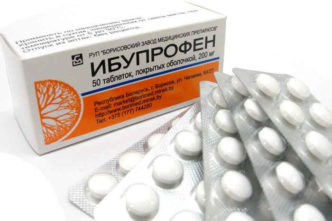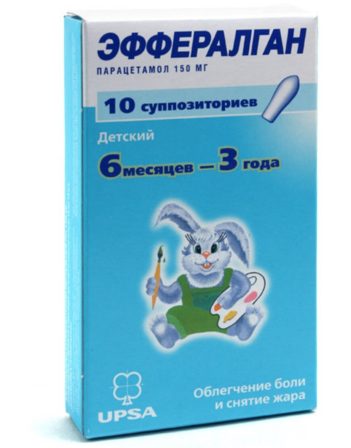Paracetamol has been known on the pharmacological market for more than 120 years, and practice has shown that it is one of the most inexpensive, effective and, at the same time, low-toxic antipyretic and analgesic drugs for the body. Is the children's “Paracetamol" different from the "adult", and can it be considered safe for babies?
Material Content:
Forms of release, composition
In itself, paracetamol as an active substance is a crystalline powder of a white color or a cream shade.

But it comes in several forms:
- tablets (in blisters or paper bezjacheyakovye packages of 6 or 10 pieces each);
- soluble tablets;
- capsules;
- suspension;
- syrup;
- powder for solution preparation;
- injection;
- suppositories (rectal suppositories).
Under the same name for the active substance, tablets, capsules, suppositories and suspension are produced. Other forms can be found under other names: syrup - "Efferalgan" or "Panadol", solution for injection - "Perfalgan", soluble tablets - "Efferalgan", "Trigan B", "Flutabs", powder - "Teraflu", "Fervex ". The name depends on the brand, however, all these drugs contain paracetamol in pure form or in combination with other excipients.
For children, the most appropriate forms are:
- Candles They are ideal for the crumbs of the first six months of life (and later), since paracetamol does not affect the digestive tract of the baby.Although they begin to act later than their oral counterparts, they continue to last longer.
- Syrup and suspension. Children like them more than bitter tablets with a pleasant taste, are quickly absorbed in the gastrointestinal tract, but at the same time they contain sweeteners and flavorings, which is not very good for diabetic and allergic babies.
- Pills are ideal for children who can swallow them (usually after 3 to 5) years: cheap and without additives.
At high temperatures, the liquid forms of the drug most quickly bring relief.
Pharmacological action and indications for use
"Paracetamol" is a non-narcotic drug with pronounced anti-inflammatory and analgesic properties. It blocks the centers of heat and pain in the brain, with virtually no anti-inflammatory effect.

With bacterial infections or with complications of acute respiratory viral infections, paracetamol may help for a short time or not at all, warns the famous pediatrician and TV presenter Dr. Komarovsky O.E.
"Paracetamol" is very conducive to a correct assessment of the severity of the disease: if after taking the temperature has dropped - the child is not sick with something dangerous, the worst is ARVI. In the absence of the effect of Paracetamol, it is important to run to the doctor soon.
The main indications for using the drug are:
- fever due to diseases of infectious genesis;
- pain - headache, toothache, neuralgic character;
- normalization of body temperature after vaccination.
It is important! "Paracetamol" does not cure diseases, but only relieves their symptoms!
How long does the antipyretic drug begin to act?
Paracetamol is well absorbed from the gastrointestinal tract, after half an hour it reaches a maximum concentration and retains the effect for several hours (up to 6).
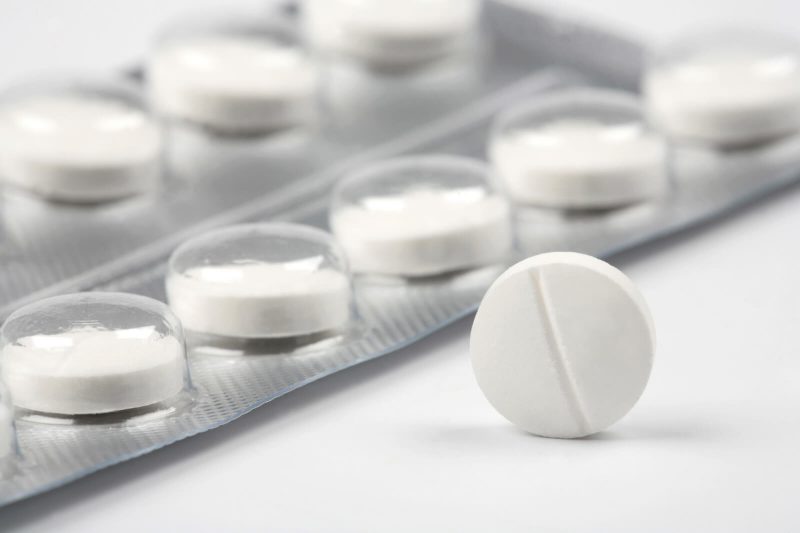
The action of liquid forms of the drug is most noticeable, and rectal forms are slower. At high temperature, when the effect is needed as soon as possible, a suspension is used, which is advisable to warm up to body temperature before administration. In the case when pain, for example, is a pain, and you want the baby to sleep well, rectal suppositories become the best option. But it is worth considering the fact: the higher the temperature of the child, the more slowly the paracetamol suppositories are absorbed through the rectum.
Children's paracetamol: instructions for use
When calculating the optimal dose of paracetamol for a child, priority should be given not to age, but to the weight of the baby!
Suspension, paracetamol syrup for children
If you choose which is better - suspension or baby syrup, they contain paracetamol in the same concentration - 120 mg / 5 ml of the substance. However, Paracetamol suspension has a name similar to the active substance, and syrup can only be found under such trade names as Panadol Baby or Efferalgan. There is no fundamental difference between these liquid dosage forms, however, various excipients may be present in the composition. For example, the same "Panadol" contains bicarbonate, which allows the substance to be absorbed more likely in the alkaline environment of the gastrointestinal tract.
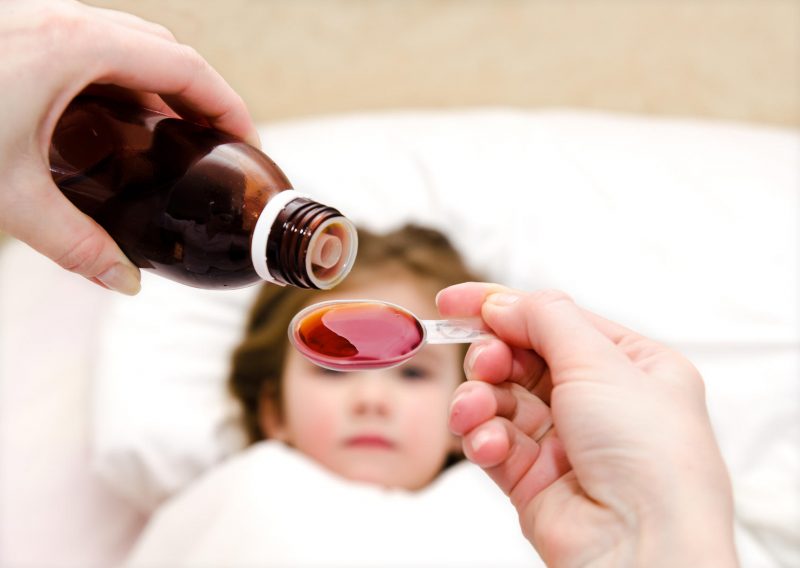
The average calculation of the dosage of the suspension is one-time:
- children under 3 months - 2.5 ml;
- from three months to a year - no more than 5 ml;
- from a year to 6 years - up to 10 ml;
- older than 6 years - up to 20 ml.
The optimal formula for calculating the drug: from 10 to 15 mg of paracetamol for every kilogram of the child’s weight. The daily dose should not exceed 60 mg / kg!
Give the children a suspension before meals, after shaking the bottle. The maximum multiplicity of the suspension is 4 times a day with a minimum interval between doses of 4 hours.
Paracetamol Tablets
Tableted forms of paracetamol have one drawback with a number of advantages: the dosage is quite difficult to choose, therefore, children under 2 years old are preferable to liquid paracetamol.

If it is necessary to use tablets, it is most convenient to take forms with a concentration of the active component of 200 mg (there are both 500 mg and 350 mg forms).Children under 6 years old are given half a tablet (100 mg), older ones - a whole after meals, allowing you to drink plenty of fluids.
Rectal suppositories for children
Absorption of paracetamol in the form of rectal suppositories is less complete and active than in oral forms, so the dosage is up to 25 mg / kg of body weight. This helps to choose the right suppository.
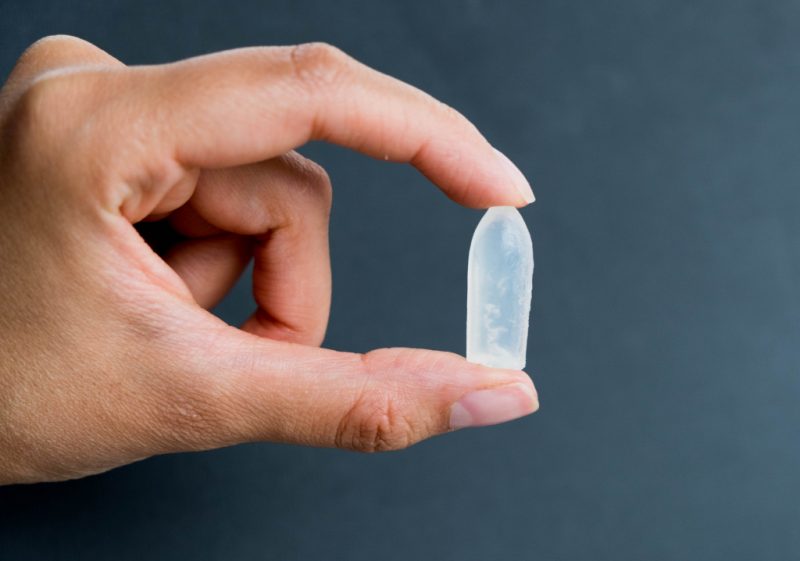
When buying a drug, they are guided by the age of the baby:
- children up to a year - with a concentration of the active component of 8 mg;
- from a year to 6 years - 170 mg;
- older - 330 mg.
Enter candles one at a time, if possible - after bowel movement. The interval between doses is 4 hours.
Contraindications, side effects and overdose
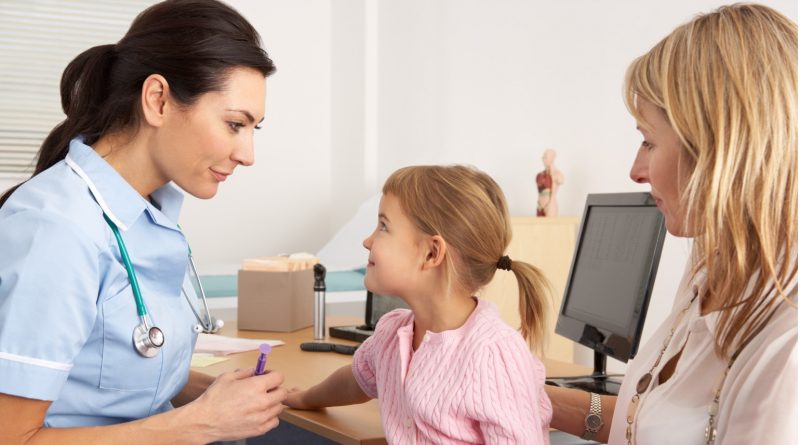
Contraindications to use, as indicated by the instructions for use of "Paracetamol", are:
- high sensitivity of the body to paracetamol or auxiliary components of drugs based on it;
- gastrointestinal tract diseases of an erosive nature;
- liver and kidney diseases;
- diseases of the hematopoietic system;
- fructose intolerance to liquid forms.
"Paracetamol" is good in that even an inadvertent excess in dosage practically does not lead to disastrous results. However, a dosage of 140 mg / kg is considered theoretically deadly.
In this case, the liver is first affected, then intoxication covers the whole body. In addition, uncontrolled administration of drugs with paracetamol can cause blood loss from the gastrointestinal tract. It is not recommended to continue treatment for more than 3 days for children under 6 years old, and more than 5 days for older children.
Side effects of the medicine are: nausea and vomiting, allergic reactions. Taking the drug by the mother during pregnancy causes a risk of genital abnormalities in the male fetus.
Analogues of an antipyretic drug
Paracetamol has many analogues, both identical in active substance and others, but with a similar mechanism of action. So, paracetamol-containing preparations for children are “Panadol”, “Efferalgan” and “Passage for Children”, as rectal suppositories - “Cefecon”.
Analogs are also:
- "Aspirin". This drug has long been known in the pharmaceutical market and is included in the list of vital medicines. However, he has a significant minus in comparison with paracetamol - it acts on liver cells in the same way as some viruses. The combined effects of both viruses and aspirin can lead to a severe pathology known as Reye's syndrome.
- Ibuprofen. This medicinal substance is almost identical to Paracetamol, and forms convenient for children have been created on its basis: Nurofen, Ibufen suspensions, Faspik, Ibuprom tablets (allowed for use from the age of 12), etc.
- Nepraksen. Known under the trade names "Pentalgin" (tablets, allowed from 12 years old), suspension and naproxen suppositories.
Heat and pain in a child are not uncommon symptoms, but they can indicate a wide range of diseases. Before you start using certain drugs, you should consult your doctor. Even a relatively safe drug like Paracetamol can cause serious side effects.


